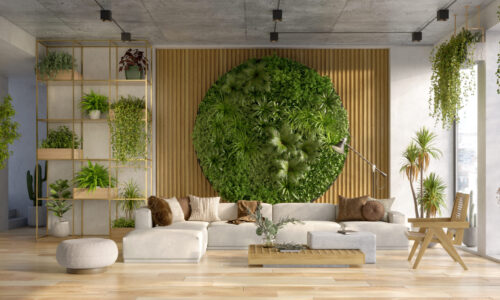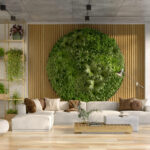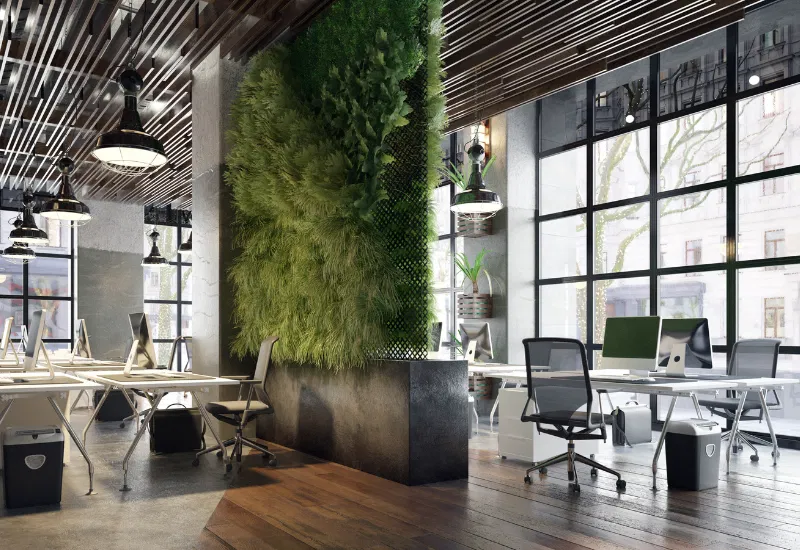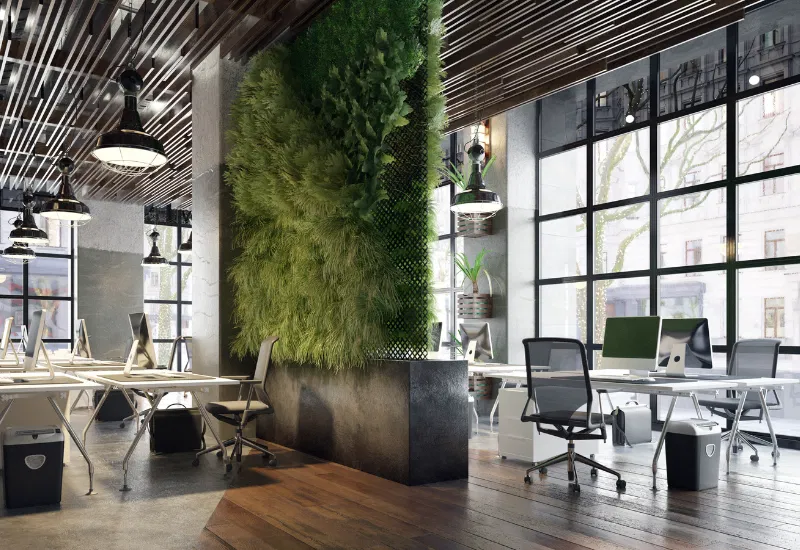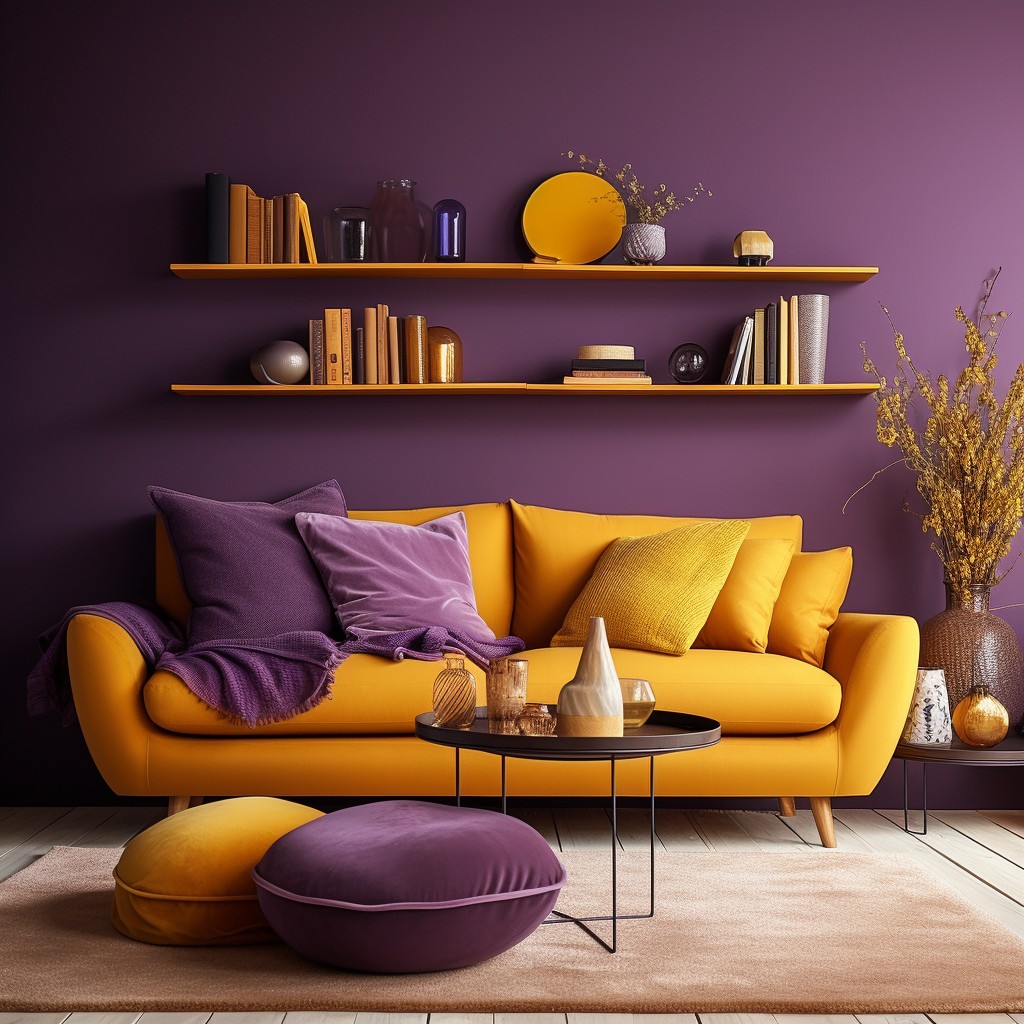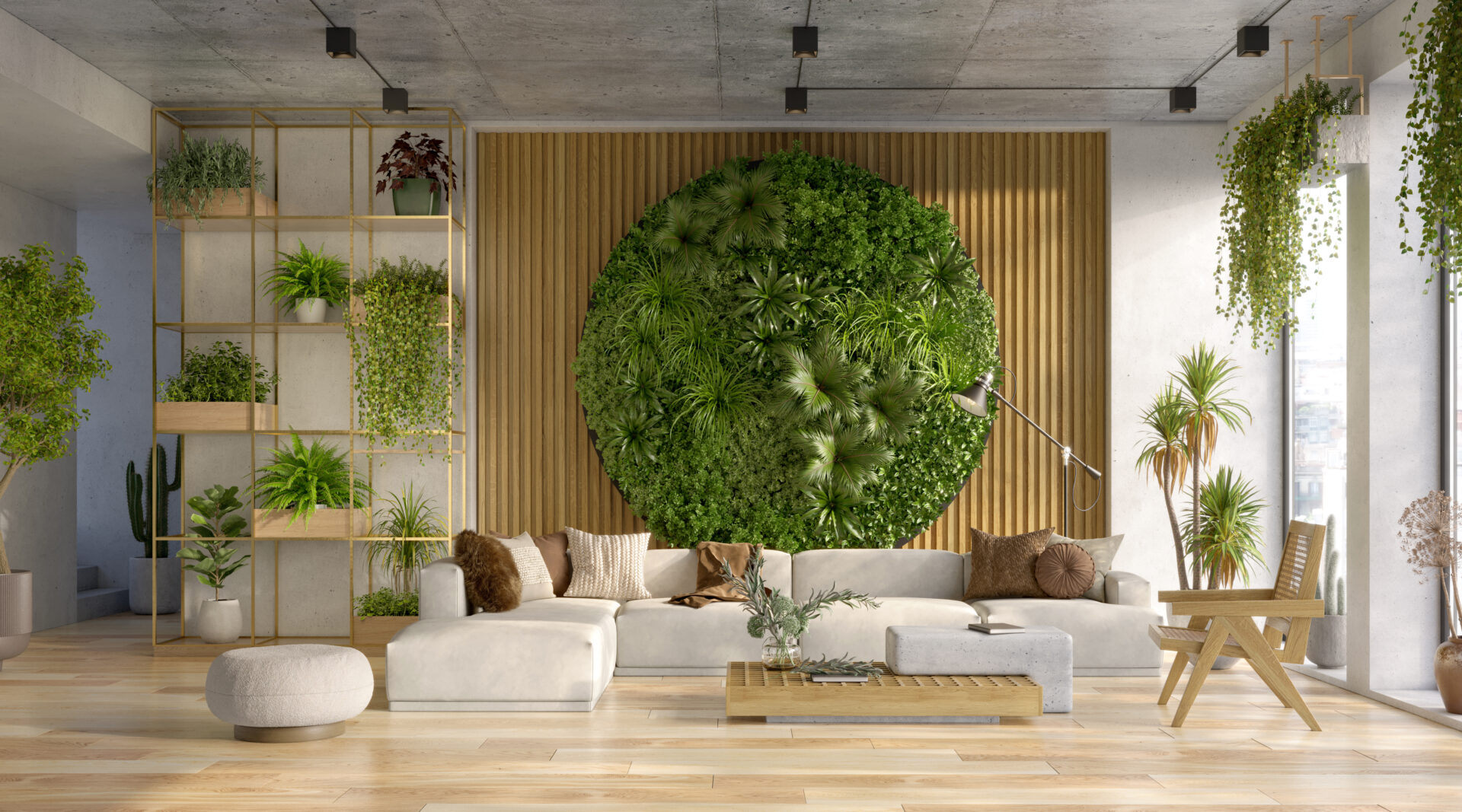Designing the Perfect Modern Kitchen: Where Function Meets Style
- xsazeeb
- 0 Comments
Have you ever walked into a kitchen and thought, “Why does this space feel so easy to use and yet so beautiful at the same time?” Or maybe the opposite—you’ve stepped into a kitchen that looked stylish but was a nightmare when it came to actually cooking in it?
That balance between functionality and style is what makes a modern kitchen truly work. In my years as an interior engineer, designing both residential and commercial spaces, I’ve learned that the kitchen is not just a cooking spot—it’s the heart of the home. Families gather there, conversations happen there, and yes, meals are prepared there. The best kitchens don’t just look good in photos; they actually make life easier.
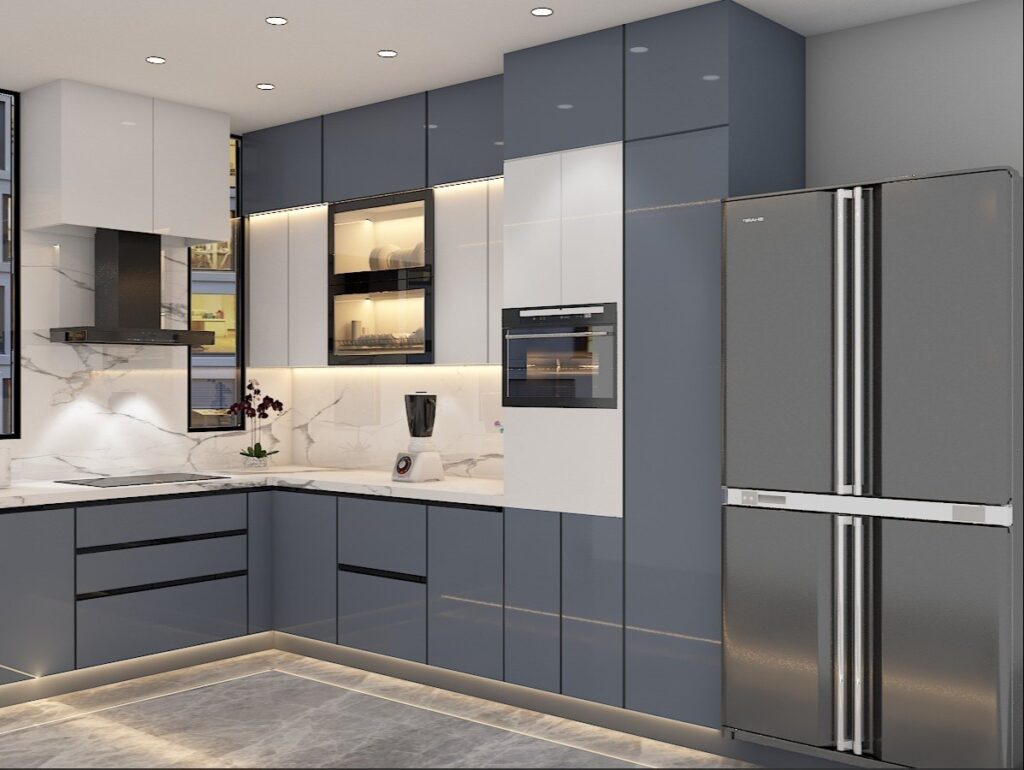
Function Comes First (But Doesn’t Kill Style)
Let’s be honest. A kitchen that looks stunning but doesn’t function well becomes frustrating very quickly. I’ve seen many designs that impress at first glance but turn into cluttered, uncomfortable spaces once people start using them daily. That’s why the starting point is always functionality.
Think about the “work triangle”: stove, sink, and refrigerator. If these three aren’t placed logically, you’ll spend more time running around than cooking. Proper storage also matters. Deep drawers, smart shelves, and hidden cabinets make a world of difference. But here’s the best part—you don’t have to sacrifice beauty for function. The right layout actually enhances the look, making the kitchen feel natural and open.
Materials That Speak Style
Once the layout works, the next step is choosing materials that feel modern but also last. Sleek quartz countertops, easy-to-clean tiles, and durable wooden finishes are all favorites of mine. They’re practical, but they also add character.
I remember a project where the client wanted a very minimalist, almost cold look. Instead of going all white, we mixed light oak cabinets with matte black handles. The result? The kitchen looked modern and chic, but it also felt warm and inviting. Materials have that power—they can completely change the mood of a kitchen.
Light Is Everything
If you’ve ever tried chopping vegetables in a poorly lit kitchen, you know how annoying it can be. Lighting is often underestimated, but it sets the tone. Natural light is best, so large windows or even a skylight can make a huge difference.
For evenings, layered lighting works wonders. Ceiling lights for general use, under-cabinet lighting for tasks, and a statement pendant lamp over the island to bring style. It’s functional, but it also gives your kitchen a warm, modern vibe.
The Role of Technology in a Modern Kitchen
Today’s kitchens aren’t just about pots and pans anymore—they’re smart. From induction stoves that heat only the pan, to motion-sensor faucets that save water, technology is quietly reshaping how we cook. Even something as simple as built-in charging stations for phones makes life easier.
But here’s the catch: don’t let technology overpower the space. I always advise clients to choose appliances and gadgets that blend in with the design instead of shouting for attention. That way, the kitchen feels seamless rather than cluttered.
Style That Lasts (Not Just Trends)
Trendy designs can look amazing for a year, but they often age quickly. The key is to mix timeless elements with a few modern touches. Neutral tones like beige, white, or gray keep the space elegant, while bold backsplashes, textured tiles, or statement lighting add personality.
Think of it like clothing. A classic black suit never goes out of style, but you can change the shirt or tie to match the season. Your kitchen should work the same way—solid foundations with a few flexible details you can update over time.
Why Kitchens Matter More Than Ever
Kitchens used to be tucked away in a corner. Now, in most modern homes, they’re central, often open to the dining or living area. This makes them not just cooking spaces but social hubs. I’ve seen families spend hours around an island, friends gathering for coffee, kids doing homework at the counter.
That’s why a modern kitchen must balance style and function—it’s a lived-in space. When it’s designed well, it’s not just convenient; it becomes the most loved spot in the house.
Conclusion: A Kitchen That Works for You
At the end of the day, the perfect modern kitchen isn’t about following a magazine look or chasing the latest gadget. It’s about creating a space that makes your daily routine easier while still making you smile when you walk in.
Design with function first. Choose materials that fit your lifestyle. Light it well. Add a touch of technology, but don’t lose sight of the human warmth. That’s the recipe for a kitchen that’s not just modern but timeless.
Frequently Asked Questions (FAQ)
Q1: How do I balance function and style in a kitchen?
Start with the layout (work triangle, storage, and movement). Once that works, layer in stylish materials and lighting.
Q2: What are the most durable materials for modern kitchens?
Quartz, granite, ceramic tiles, and solid wood cabinets last long and are easy to maintain.
Q3: Is an open kitchen better than a closed one?
It depends. Open kitchens feel larger and social but may spread noise and smells. Closed kitchens give more privacy.
Q4: How can I make a small kitchen look modern?
Use lighter colors, reflective surfaces, smart storage, and minimal clutter. Vertical storage and compact appliances also help.
Q5: What’s one thing people often forget in kitchen design?
Lighting. Both natural and artificial lighting are essential for safety, comfort, and style.
